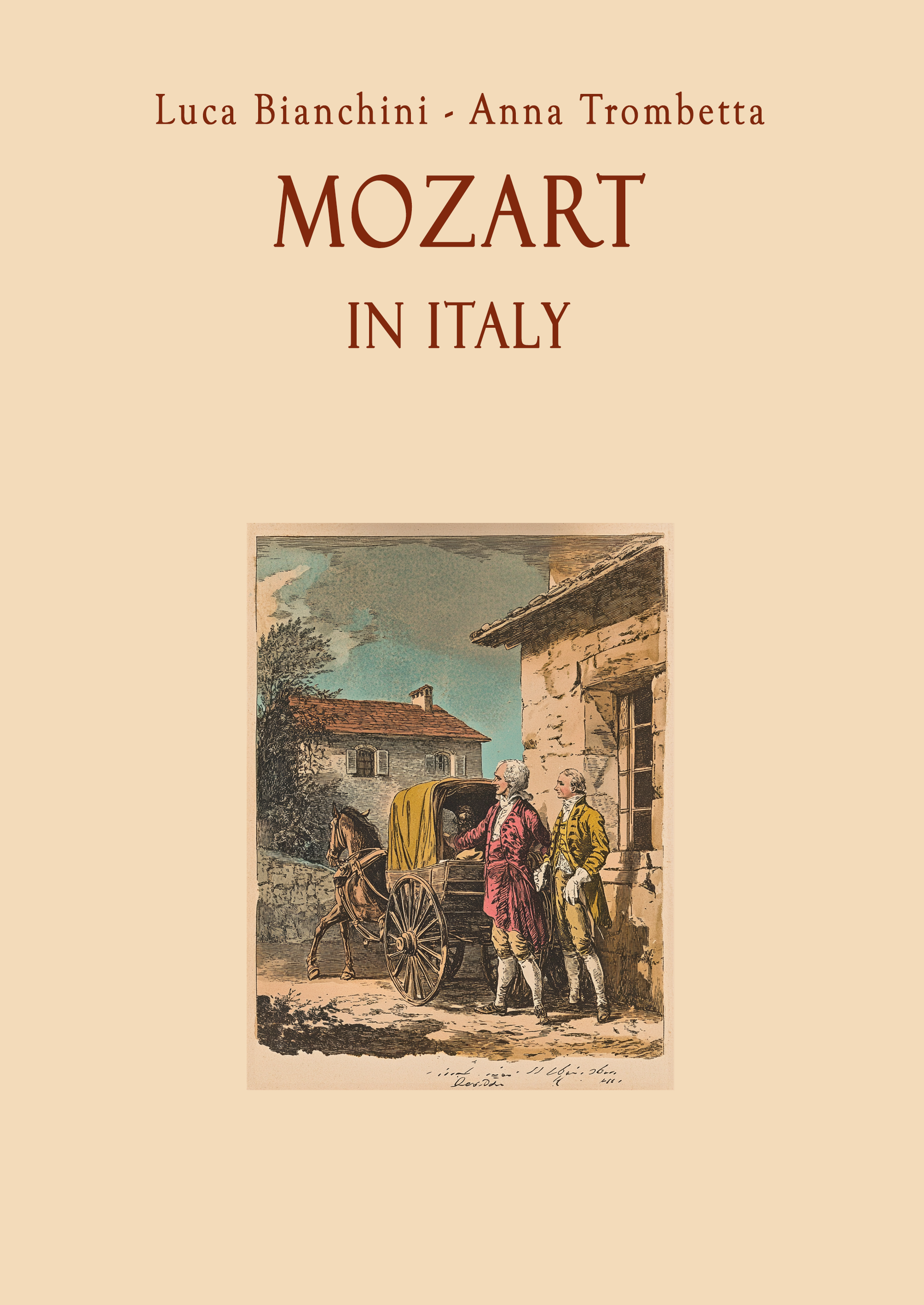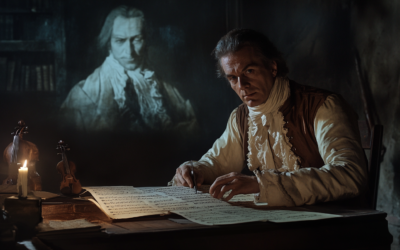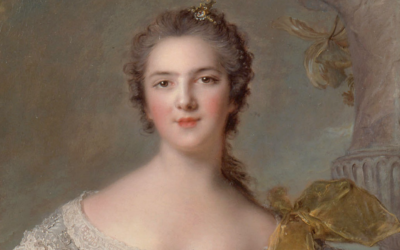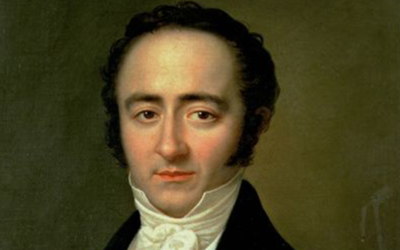A Critical Perspective
The Enigma of Mozart's Symphony in C Major, K.73
The Symphony in C Major K.73 has long puzzled Mozart scholars. Touted as a youthful work of prodigious talent, its origins are murky at best. The title “Symphony,” inscribed on the first page of the autograph, is devoid of the composer’s name, casting immediate doubt on its attribution to Wolfgang Amadeus Mozart. Was this truly his work, or is the Symphony yet another victim of overzealous attribution?
Mozart in Italy: The Untold Story
Was Mozart truly a solitary genius, or was he merely the instrument of his father’s ambition? “Mozart in Italy” challenges the conventional narrative, revealing a complex dynamic between father and son that shaped the course of music history. Prepare to question everything you thought you knew.
“History is not a matter of certainty but of critical inquiry. The truth lies not in the name on the manuscript but in the rigor of the questions we dare to ask.”
Mozart in Italy
A Symphony Without a Name
The manuscript, held at the Biblioteka Jagiellońska in Kraków, is devoid of direct evidence linking it to Mozart. Even more intriguingly, the Minuet from the Symphony appears to have been sketched earlier by Wolfgang on page 7r of the 19 Minuets for Orchestra K.103—another work with authenticity in question. Adding to the intrigue is a bass sketch of the first movement’s opening measures in Leopold Mozart’s hand, found among the canon studies K.73x. These connections muddy the waters further, as both K.103 and K.73x are viewed with skepticism by scholars.
The questions multiply: Could this Symphony have been composed by Leopold? Or perhaps by Padre Giovanni Battista Martini, Mozart’s mentor during his studies in Bologna? Could it even be the work of an entirely different composer, misattributed through a combination of historical mishap and wishful thinking?
The Mystery of Dating and Provenance
A date, “1769,” appears on the manuscript in an unknown hand, likely added by Johann Anton André, an early Mozart publisher. This date has been widely accepted, but without critical verification. As one scholar aptly noted, “born as mere hypotheses, these claims have been passed down hand to hand without any form of verification, eventually gaining undeserved authority as proven facts.”
Ludwig von Köchel originally dated the work to late 1769 in his first edition of the Mozart catalogue. However, Alfred Einstein in the third edition reassigned the Symphony to the summer of 1771 and gave it the number K.75a. Subsequent scholarship wavered between these dates, with Wolfgang Plath eventually endorsing the original 1769-1770 timeframe after examining the autograph. Yet, even Plath admitted his conclusions were subject to the limitations of the manuscript’s accessibility.
The location of the Symphony’s composition is equally ambiguous. Salzburg, Bologna, and even Vienna have been proposed, but no definitive evidence supports any of these claims.
A Web of Contradictions
Further complicating the matter is the connection to Leopold Mozart. His sketch of the bass line for the Symphony’s opening movement raises the possibility that he was not only involved but perhaps the primary composer. This hypothesis is bolstered by the fact that the sketch appears in the same manuscript as Wolfgang’s canonic studies, which were long (and erroneously) associated with his lessons under Padre Martini in Bologna.
The stylistic elements of K.73, while competent, lack the innovation typically associated with Wolfgang’s more established symphonic works. Some have argued that the Symphony reflects more of Leopold’s conservative compositional style than the burgeoning originality of his son.
Conclusion: The Symphony That Challenges Certainty
The Symphony in C Major K.73 stands as a testament to the challenges of Mozart scholarship. Its uncertain attribution, murky origins, and conflicting scholarly interpretations reveal the fragility of the Mozart myth. Whether penned by Wolfgang, Leopold, Martini, or another, this Symphony forces us to confront the complexities of eighteenth-century musical authorship and the perils of unquestioned assumptions.
“In the end, the Symphony in C Major K.73 reminds us that history is not a matter of certainty but of critical inquiry. The truth lies not in the name on the manuscript but in the rigor of the questions we dare to ask.”
You May Also Like
The Questionable Origins of Mozart’s Violin Concertos
Are Mozart’s violin concertos truly original? This article explores the possibility that the Czech composer Josef Mysliveček played a far larger role in their creation than previously acknowledged.
The Kolb Concerto: A Mozartian Mirage?
The Kolb Concerto’s dubious origin and poor musical quality expose yet another myth in the Mozartian canon. If this is the work of a genius, then perhaps we’ve been fooled for centuries.
The Adélaïde Deception: Mozart’s “Lost” Violin Concerto and the Art of Musical Forgery
In the early 20th century, the “discovery” of Mozart’s sixth violin concerto in Paris created a sensation. Dubbed the Adélaïde Concerto and supposedly written for Madame Adélaïde of France, it was hailed as a testament to Mozart’s genius. However, as the story unfolds, it becomes clear that this masterpiece was not the work of the child prodigy but rather a carefully orchestrated hoax by Marius Casadesus. Despite its unmasking as a forgery, the concerto continues to captivate audiences, raising questions about authenticity and the music industry’s willingness to deceive for profit.
Mozart and the Nationalist Illusion: The 1931 Festival and Its Legacy
The Salzburg Festival, far from being a mere celebration of Mozart’s genius, was born out of nationalist ambitions during a turbulent period in Austro-German history. Conceived by figures like Max Reinhardt, Heinrich Damisch, and Friedrich Gehmacher, the festival was deeply rooted in ultranationalistic ideals, transforming Mozart’s legacy into a tool for cultural dominance. The truth behind its founding has long been obscured, but the primary sources tell a different, darker story.
K.6 and K.7 Sonatas: A Fabricated Genius?
The earliest sonatas of Wolfgang Amadeus Mozart, K.6 and K.7, are traditionally seen as proof of his precocious genius. But as we explore the murky origins of these works, we find that they may be more a product of Leopold Mozart’s ambition than Wolfgang’s musical talent. The truth, as always, lies somewhere between the notes.
Georg Nissen and the Missing Notebooks – Part II
This second part delves deeper into Georg Nissen’s scheme to expose the truth about Mozart’s death, and the roles of Constanze Mozart and her sons in keeping it buried. As new details emerge, the mystery surrounding the famous composer’s final days grows even darker, with powerful forces potentially at play.







